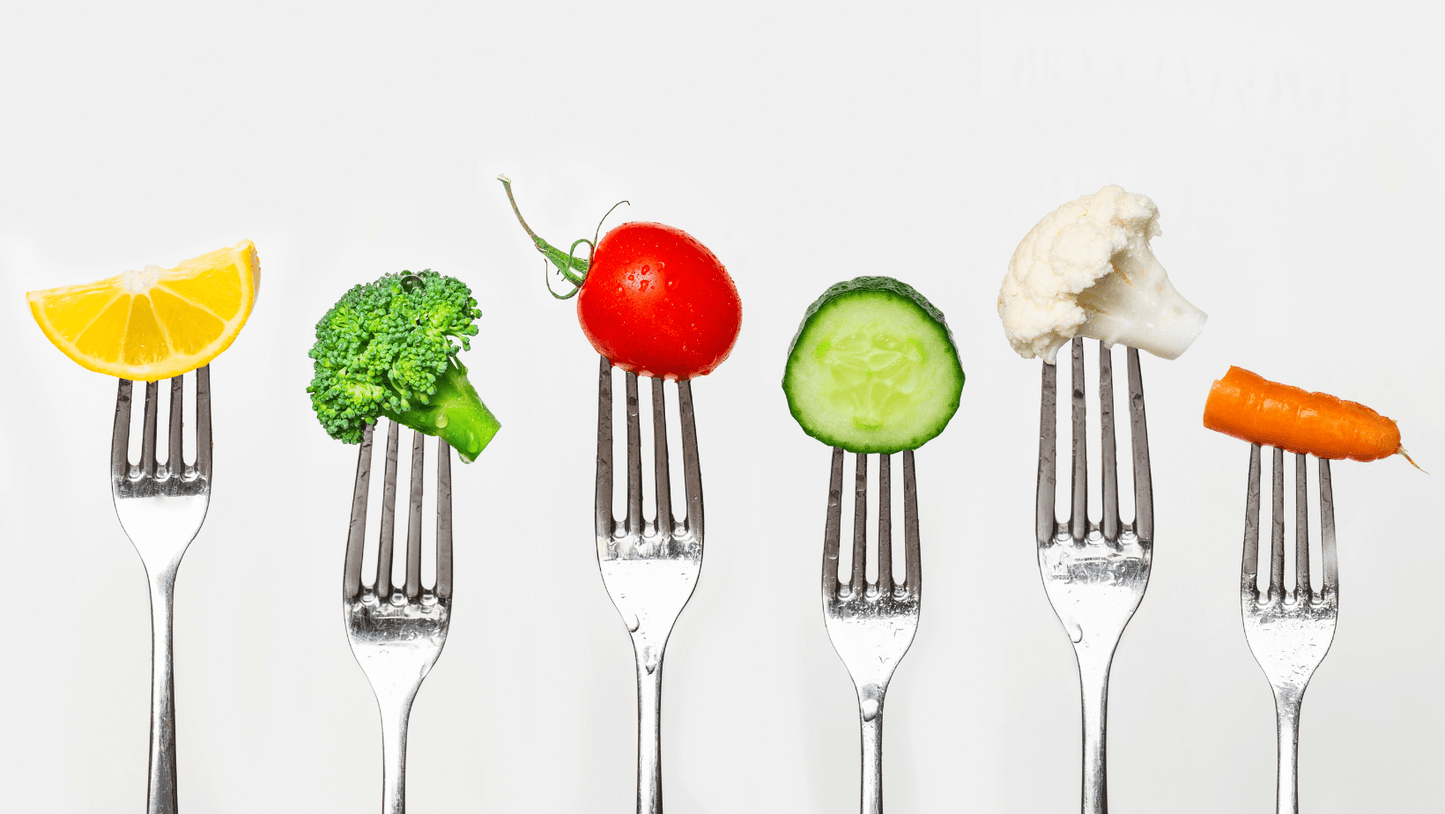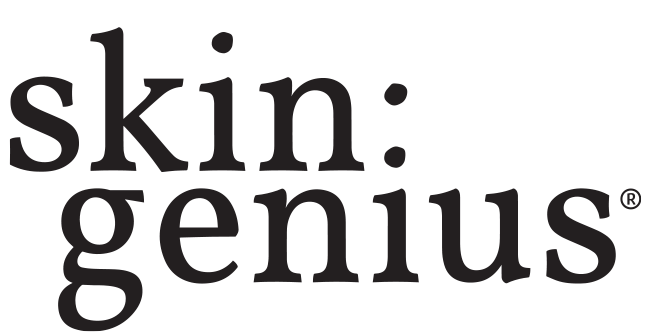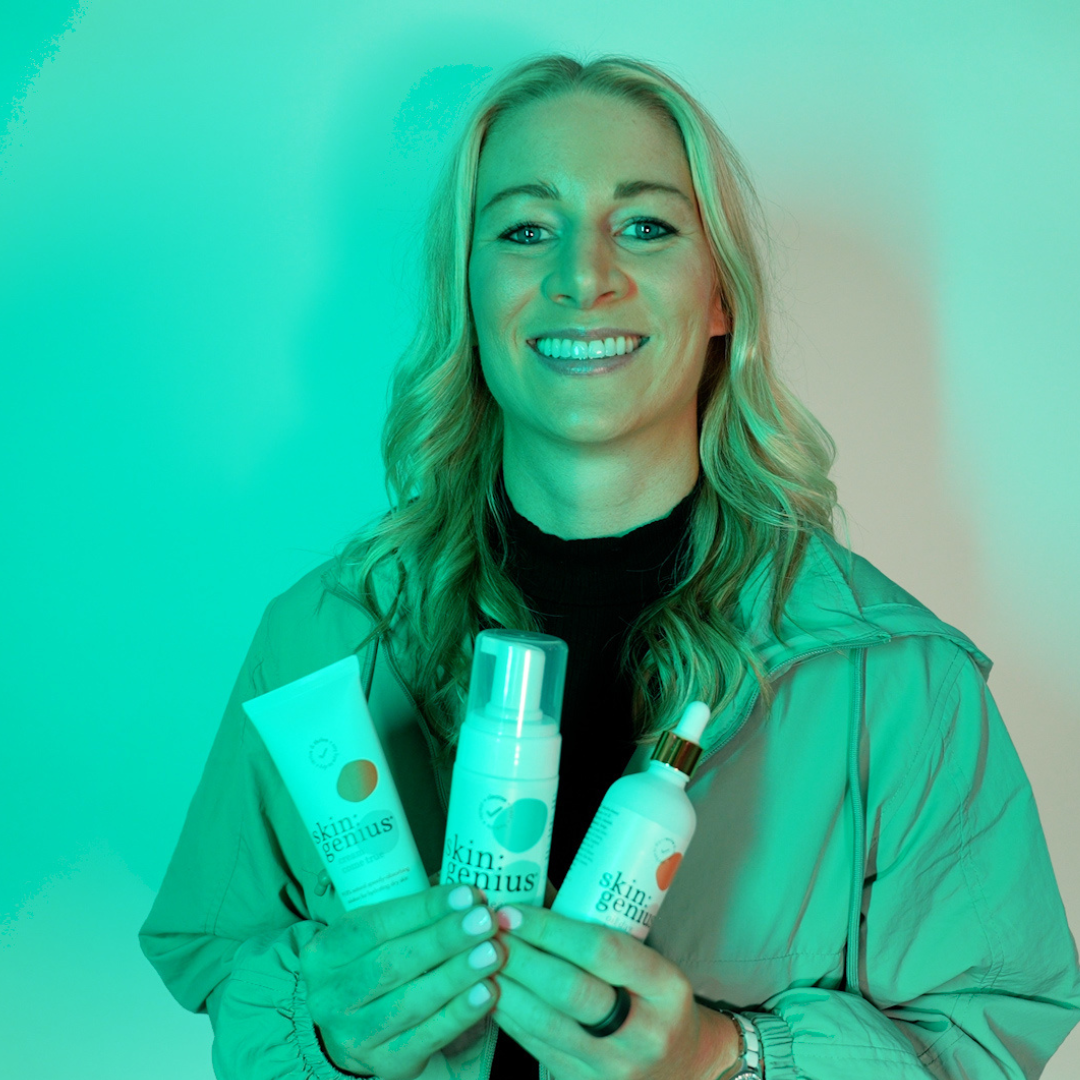
How to Feed Your Skin from Within
We all long to have clear, glowing and vibrant looking skin. Great skin radiates health and vitality, boosts our self-confidence and often reflects a healthy body. For many of us, however, the impact of breakouts, acne and skin conditions like eczema, psoriasis and rosacea runs more than skin deep. Many skin conditions are a reflection of various underlying imbalances within the body. By targeting these triggers with specific treatments, nutrition and lifestyle changes we can improve the appearance of our skin long term.
Beauty comes from within
Our skin is one of the largest organs in our body. Without exception our diet plays a key role in how our skin looks and feels.
How does diet help?
Every hour, our body is making 200 million skin cells which is why we need to focus on feeding our skin daily with the right vitamins, minerals and nutrients. There are many ways that specific nutrients support our skin health. These include:
- Balancing hormonal activity (such as sex hormones, insulin and cortisol)
- Supporting detoxification pathways and lowering inflammation which is often associated with skin conditions
- Accelerating collagen synthesis and reducing collagen breakdown
- Supporting the skin cell lipid barrier and optimising hydration
- Providing potent antioxidants to fight free radical damage and protect against UV damage. This can help reduce the signs of skin ageing
- regulating digestive imbalances which are often associated with skin conditions.
Looking to revive your skin or combat the odd breakout? Here are some key principles to consider.
Ditch the sugar
Studies have shown a correlation between diets high in sugar and refined carbohydrates (known as high glycaemic foods) and acne. These foods result in greater insulin release which, in turn, stimulates sebaceous gland activity, excess androgens and with-it worsening acne. This is one of the reasons why switching to slower releasing carbohydrates like brown rice and oats and adding plenty of fruit and vegetables to our diet can improve your skin’s appearance.
Milk may worsen breakouts
Other studies suggest a link between milk consumption and acne thought to be due to the presence of insulin-like growth factor 1 (IGF-1) in milk. IGF-1 increases sebum production and androgens which explains why it may be positively linked to the development and progression of acne. While Cow’s milk may be problematic research has not shown a link between other dairy products like cheese, yogurt and kefir to acne.
Good fats for glowing skin
The type and quantity of fat in our diet is important when it comes to our skin’s appearance. Certain fats particularly - saturated and hydrogenated fats, such as those found in red meat, dairy products and processed foods - are known to promote inflammation. Inflammation underlies several skin conditions, including acne, eczema, and rosacea. Conversely, a diet rich in omega 3 fats (found in oily fish, certain seeds and nuts) can lower inflammation and may improve your skin’s appearance. You can use the Mediterranean diet as a guide of healthy fats to include. Foods like avocados, olive oil, salmon, mackerel, nuts and seeds are known to contain monounsaturated fats and /or omega-3 fatty acids to keep your skin glowing.
Feed your gut
Keeping your gut healthy gut is essential for healthy skin. Our gut microbiome

appears to play a key role when it comes to skin health. Early studies have linked gut dysbiosis to skin microbiome imbalances and conditions such as acne, psoriasis and rosacea. Having sufficient fibre in your diet is particularly important. Fibre fermentation by gut bacteria leads to the production of short chain fatty acids which improve the fatty acid composition of your skin and your skin microbiome. So include plenty of fruits and vegetables, beans and pulses and wholegrains.
Nourishing tired / ageing skin
Skin that is looking dull and tired can be addressed by reviewing any lifestyle and dietary factors that are commonly to blame. These can include excessive sun exposure, excess sugary or highly processed foods, stress, lack of sleep, chemical or toxin exposure, insufficient protein or healthy fats, excess alcohol, smoking and not drinking enough water. These factors can promote low-grade inflammation and free radicals which can result in skin cell damage and ageing. To counter this we can try focusing on increasing our intake of antioxidants (fruits and vegetables, nuts and seeds) and plenty of omega 3 fats (oily fish, flaxseed, chia seed, walnuts).
Christine’s Top Skin Foods & Nutrients
Whether you want to give your skin a boost or tackle an underlying condition, here are some top foods and nutrients to pile on your plate.
Sufficient protein – always ensure sufficient protein at each meal to support the building blocks for healthy skin, collagen production as well as supporting skin healing and repair.
Probiotic rich foods – your skin has its own microbiome which is also influenced by the health of your gut. Keep your gut healthy by including fermented foods like kombucha, kefir, yogurt, sauerkraut, kimchi and miso.
Non-Dairy products – some studies have linked dairy, particularly milk, to conditions such as acne and eczema. That does not mean all dairy should be excluded long term, but you may wish to try an exclusion for 4 weeks to see if your skin condition improves.
Berries – rich in antioxidants including polyphenols and vitamin C, these help to protect your skin and support collagen production.
Turmeric & Ginger – useful for lowering inflammation and known for their antioxidant properties.
Eggs – Egg yolk in particular is rich in skin nutrients including vitamin A.
Brazil Nuts – a good source of selenium to support detoxification pathways and the production of the potent antioxidant glutathione. Ideal for conditions like pigmentation and acne.
Green Tea – antioxidant rich and anti-inflammatory. Shown in some studies to slow DNA damage, reduce inflammation and even protect against sun damage and burns. Note rooibos and black tea are also beneficial.
Fish – particularly oily fish like wild salmon, sardines and mackerel provide essential amino acids, which make up the building blocks of skin and provide essential fatty acids which help retain your skin’s natural oil barrier.
Healthy Oils - cold-pressed extra-virgin olive oil and avocado oil are known for their anti-inflammatory benefits and vitamin E content. Excellent for dry skin.
Flaxseed & Chia Seeds - Good source of plant-based omega 3 ALA, protein, and soluble fibre.
Sweet Potato / Butternut Squash - Potatoes & squash are two of the best sources of beta carotene, a nutrient that converts to vitamin A in the body. Beta carotene can help reduce dry, wrinkled skin and improve skin appearance.
Broccoli & Cruciferous Vegetables – these provide plenty of vitamin A, C and zinc plus a specific nutrient called lutein which may prevent skin dryness and even wrinkles.
Water - for fresh, glowing skin it is important you drink 2-3 litres of water daily. This can be a combination of hot or cold water, herbal teas, rooibos tea, green tea, coconut water, vegetable-based juices and smoothies.
Discover the nutritional advice Christine Bailey MSc PGCE MIFM MBANT, Registered Nutritionist offers, to give our skin the maximum benefits in making us feel happy in our skin.
CHRISTINE'S NUTRITIONAL SKIN BENEFITS
References
Aghasi M, Golzarand M, Shab-Bidar S et al. Dairy intake and acne development: A meta-analysis of observational studies. Clin Nutr. 2018 May 8. pii: S0261-5614(18)30166-3
Zeichner JA, Baldwin HE, Cook-Bolden FE, Eichenfield LF, Fallon-Friedlander S, Rodriguez DA. Emerging Issues in Adult Female Acne. J Clin Aesthet Dermatol. 2017;10(1):37-46.
Burris J, Rietkerk W, Woolf K. Acne: the role of medical nutrition therapy. J Acad Nutr Diet. 2013 Mar;113(3):416-430. doi: 10.1016/j.jand.2012.11.016. PMID: 23438493.
Cordain L. Implications for the role of diet in acne. Semin Cutan Med Surg. 2005 Jun;24(2):84-91. doi: 10.1016/j.sder.2005.04.002. PMID: 16092796
Kucharska A, Szmurło A, Sińska B. Significance of diet in treated and untreated acne vulgaris. Postepy Dermatol Alergol. 2016 Apr;33(2):81-6. doi: 10.5114/ada.2016.59146. Epub 2016 May 16. PMID: 27279815; PMCID: PMC4884775.
Smith RN, Mann NJ, Braue A, et al. A low-glycemic-load diet improves symptoms in acne vulgaris patients: a randomized controlled trial. Am J Clin Nutr. 2007;86:107–15.
Melnik BC. Linking diet to acne metabolomics, inflammation, and comedogenesis: an update. Clin Cosmet Investig Dermatol. 2015 Jul 15;8:371-88. doi: 10.2147/CCID.S69135. PMID: 26203267; PMCID: PMC4507494.


